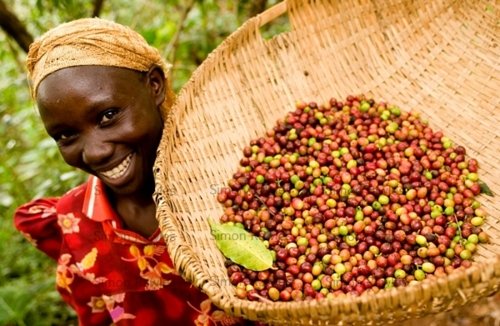SHEA (Butyrospermum Parkii) BUTTER
Shea butter is a vegetable fat, extracted from the African shea tree nut (also called karite tree). This fat is pressed and filtered to produce raw shea oil and butter. Uses for shea butter go back at least 2,000 years in Africa: it is widely used for cooking, as a wax, in candlemaking, skincare, and many other things. Traditionally, shea butter is valued as a medicinal aid for certain respiratory conditions. Lately, shea butter international exports have increased in the chocolate industry as well the cosmetics industry. It has a thick texture which melts instantly on the skin, and a nutty smell.
BENEFITS FOR THE SKIN
Shea butter is one of richest natural emollients. Rich in vitamins A, E, and F, it provides outstanding hydration for skin and hair. It is said to have anti-inflammatory properties, natural protection from the sun, and is healing for many types of skin dryness and/or irritation (such as eczema, dermatitis, etc).
Unrefined, grade A, raw shea butter retains the most beneficial properties from the extraction process. Refined butter, on the other hand, is treated with chemicals to remove color and smell, which strip the butter of its nutrients.
HOW IT'S MADE
It goes through an extraction process. First, the shea nut is cracked manually with rocks; it is crushed, and then mixed into a paste with water, which evaporates through boiling. The manufacture of shea butter is a social tradition which often involves women in various African countries, and also helps support their communities.
Most shea butter comes from West and East African countries, such as Ghana, Burkina Faso, Benin, Ivory Coast, etc.




